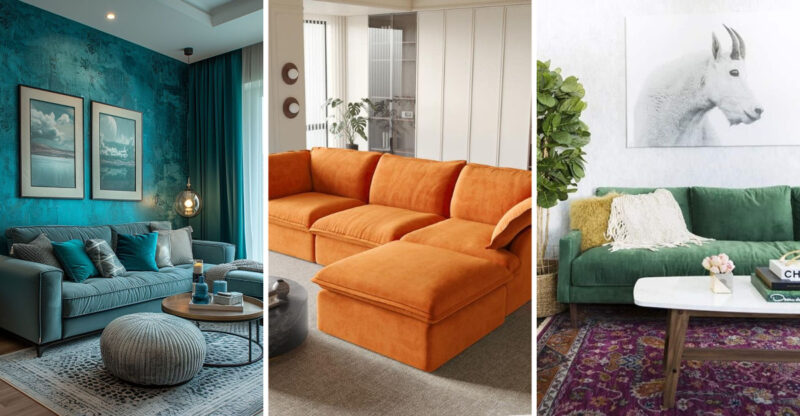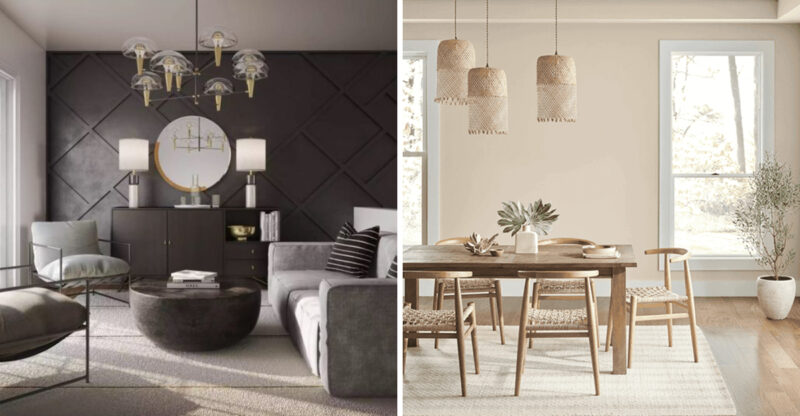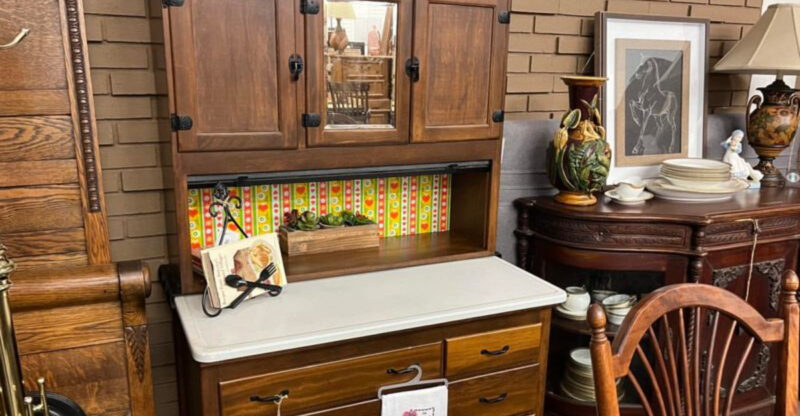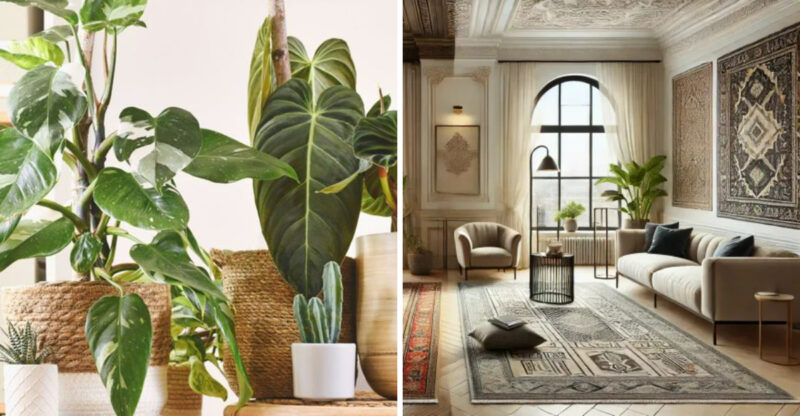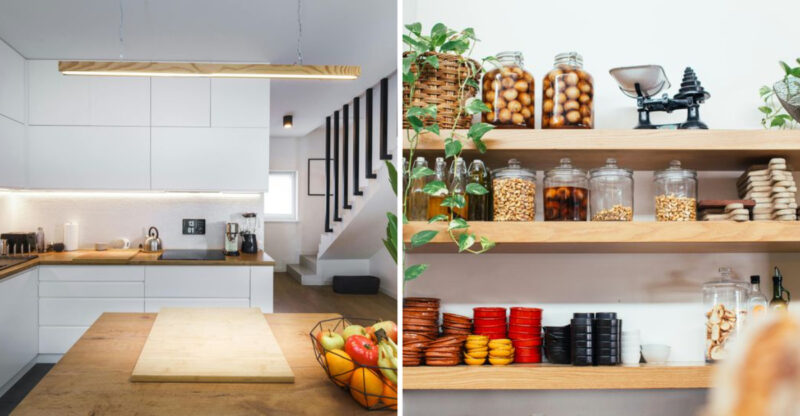Decor Pieces In Brooklyn Style That May Be Going Out Of Use
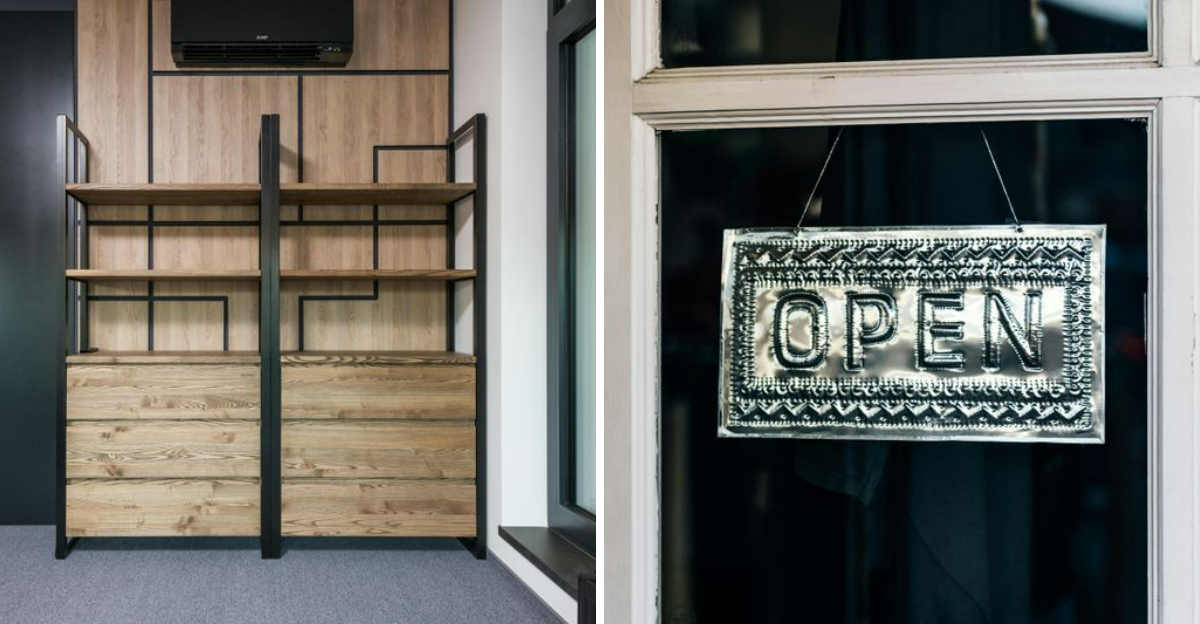
Brooklyn style has left a strong imprint on interior design with its mix of industrial grit and vintage charm. Over time, however, some of the features that once defined this look have started to feel a bit dated. Certain signature details are slowly being replaced by newer, more contemporary approaches.
Here’s a closer look at Brooklyn-inspired decor elements that seem to be losing traction. The insights shared here are based on general design trends, relevance may vary depending on region, market, and individual preferences.
1. Edison Bulb Lighting Fixtures
Once the crown jewel of Brooklyn-inspired spaces, those exposed filament bulbs hanging from black cords are seeing their popularity dim. Their warm glow and industrial charm dominated coffee shops and lofts for nearly a decade.
Designers are now favoring fixtures with cleaner lines and more subtle vintage references. The high energy consumption of traditional Edison bulbs also pushes homeowners toward more eco-friendly alternatives with similar aesthetic appeal but better efficiency.
2. Reclaimed Wood Everything
Remember when every surface in Brooklyn apartments seemed to be made from weathered barn wood? Those rough-hewn dining tables, shelves, and headboards that dominated the scene are gradually being replaced with more refined options.
The authenticity that made reclaimed wood special has been diluted by mass-produced imitations. Today’s Brooklyn aesthetic is evolving toward a mix of materials rather than wood-dominated spaces, incorporating sleeker surfaces alongside carefully chosen vintage pieces for a more balanced approach.
3. Mason Jar Overload
From lighting fixtures to drinking glasses and plant holders, mason jars became the universal vessel of Brooklyn style. Their rustic charm and versatility made them irresistible to the industrial-chic crowd.
The ubiquity of these glass containers has pushed designers toward more distinctive options. Contemporary Brooklyn spaces now favor uniquely crafted ceramics and glassware with more personality. Mason jars still appear occasionally, but their role has been downgraded from design staple to occasional accent.
4. Pipe Shelving Units
Black iron pipe formations supporting wooden planks became the quintessential Brooklyn storage solution. Their industrial look and DIY-friendly construction made them appear in countless apartments, bars, and retail spaces throughout the borough.
The raw industrial aesthetic is softening in modern Brooklyn interiors. More sculptural shelving options with cleaner lines are taking center stage. While pipe shelving hasn’t disappeared entirely, it’s no longer the automatic choice for displaying collections of vintage cameras and artisanal spirits that it once was.
5. Letterpress Typography Art
Framed prints featuring bold letterpress typography once adorned walls across Williamsburg and Bushwick. These text-heavy art pieces with inspirational quotes or Brooklyn neighborhood names became shorthand for urban sophistication.
The market saturation has pushed design-conscious residents toward more personal art choices. Abstract paintings, photography, and textiles are replacing generic typography. When text appears in contemporary Brooklyn interiors, it’s more likely to be genuinely vintage signage or limited-edition art prints rather than mass-produced typographic statements.
6. Vintage Industrial Metal Signs
Those weathered metal advertisements and factory signs became coveted treasures in Brooklyn’s design heyday. Finding an authentic piece from an old manufacturing facility was like striking decorative gold for the industrial-chic enthusiast.
As reproduction signs flooded the market, the authentic appeal faded. Today’s Brooklyn aesthetic is moving away from such obvious industrial references toward more subtle nods to the area’s manufacturing past. Genuine vintage pieces still hold value, but the mass-produced “distressed” metal signs that dominated for years are increasingly seen as cliché.

